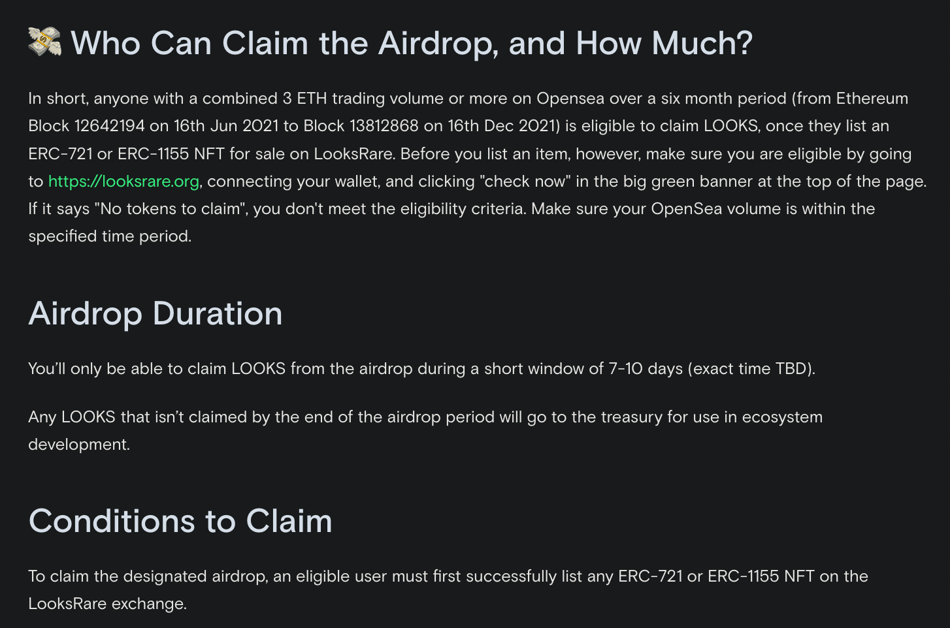Definition of Vampire Attack
The concept of "vampire attack" in the cryptocurrency market is very simple. It refers to the attacker creating a protocol that is the same or similar to the target protocol, while providing more profitable and attractive incentive mechanisms. This way, the attacker can attract the target's market share or users to their side, essentially "sucking blood" from the target.
Let's further understand this concept through two examples.
SushiSwap vs Uniswap
SushiSwap can be considered as the first and most famous "vampire" in the cryptocurrency market, with Uniswap being its target.
Weaknesses of Uniswap
Uniswap is an open-source AMM (Automated Market Maker) decentralized exchange. During the DeFi Summer in 2020, Uniswap enjoyed the benefits brought by the market. With the joint support of its V2 version, its TVL (Total Value Locked) grew from $70 million in June to $300 million by the end of August, making it one of the leading players in the DEX field.
Meanwhile, there were inherent risks in the development path of Uniswap – it did not release a governance token at that time, nor did it change its incentive mechanism with the platform's development (at that time, liquidity providers were only rewarded with transaction fees). This undoubtedly was a major weakness of the platform because liquidity providers couldn't benefit from the platform's rapid growth while supporting its operation and bearing the impermanent loss. At this point, a developer known as "Chef Nomi" identified this weakness.
Innovation of SushiSwap
Nomi created SushiSwap, which is essentially a simple fork of Uniswap. What deserves attention is that SushiSwap has a crucial new feature: the combination of a governance token (SUSHI) and liquidity mining rewards.
As a governance token, SUSHI also functions as a platform coin. In SushiSwap, 0.25% of the transaction fees in each pool are directly allocated to active liquidity providers, while 0.05% is converted into SUSHI and distributed to SUSHI holders (essentially a buyback). This means that liquidity providers not only receive a share of the platform's transaction fees but also receive token rewards.
Next comes the key point – SushiSwap specifies that SUSHI will only be rewarded to users who provide liquidity in the form of Uniswap LP tokens. In other words, this is a way to attract Uniswap users to participate in SUSHI mining.
"Vampire" Process
SushiSwap's staking contract and SUSHI distribution started on August 28, 2020, with very aggressive initial rewards – an initial interest rate as high as 1000% annually. With such incentives, users rushed to deposit assets into eligible pools on Uniswap (including pools like USDC/ETH, SUSHI/ETH, and 13 others) to obtain Uniswap V2 LP tokens, which were then quickly invested in the SushiSwap contract.
After 100,000 blocks (approximately two weeks), SushiSwap initiated liquidity migration, which involved transferring all Uniswap LP tokens to SushiSwap and exchanging the corresponding token pairs on Uniswap before using the tokens to initialize new SushiSwap liquidity pools. By the end of the migration, SushiSwap had accumulated around $800 million in tokens, accounting for approximately 55% of Uniswap's liquidity at the time, while Uniswap's Total Value Locked (TVL) dropped by around $400 million.
Looking back at the event, SushiSwap created a reputation as being "based on Uniswap but better than Uniswap" by forking Uniswap's architecture and introducing new incentive mechanisms. This attracted many users who were incentivized to transfer their funds to SushiSwap. Although Uniswap ultimately survived and launched its own token UNI, SushiSwap was still successful. Through its vampire attack strategy, SushiSwap quickly accumulated a significant amount of liquidity and joined the ranks of top DEX platforms.
LooksRare vs OpenSea
In early last year, a vampire attack also occurred in the NFT market, initiated by LooksRare against OpenSea.
Weaknesses of OpenSea
OpenSea is a comprehensive NFT trading platform where users can buy and sell various forms of NFTs, including encrypted artworks, game items, virtual real estate, domain names, and financial products. The platform supports ERC-721 and ERC-1155 formats of NFTs. The secondary transaction fee on the platform is 2.5%, while the maximum primary minting fee can reach 10%.
As a monopolistic NFT trading platform, OpenSea has gained a majority market share but also received negative feedback from many users, including inconsistent payment methods (users need to frequently convert between ETH and WETH for different types of purchases) and high transaction fees. The main problem lies in OpenSea's high level of centralization and heavy reliance on traditional capital, which makes it insufficiently decentralized and not fully Web 3.0.
Innovation of LooksRare
LooksRare launched in January 2022, also as an NFT trading platform. It has learned from OpenSea's experience and made some innovations, including:
-
Allowing mixed payments in ETH and WETH. On the LooksRare platform, both can be used for bidding and payment;
-
Supporting series offers. This design optimizes the buyer experience for those who prioritize NFT series themes rather than specific details, as there's no need to list each one individually;
-
Most importantly, upgrading the fee and incentive mechanism. LooksRare charges a 2% transaction fee for all trades and distributes those fees to the stakers of LooksRare's native token. The platform aims to challenge OpenSea's dominance in the NFT space by distributing fees to the community.
Does this operation sound familiar? It's the core idea of a vampire strategy: target the weaknesses of a leading project and provide tailored solutions to better attract and retain users.
"Vampire" Process
LooksRare's specific vampire process is more straightforward.
Through system filtering, it identifies NFT trading whales on OpenSea (those with a cumulative trading volume of 3 ETH or more in the past six months) and directly includes these whales in its native token whitelist for airdrops of the LOOKS token. However, if these whales want to claim LOOKS, they must first trade 1 NFT on LooksRare.

This vampire attack directly transforms many OpenSea users into LooksRare traders, bringing LooksRare's market value to $1 billion and LOOKS price to around $7, reaching a peak of $7.1.
Summary
For the project parties, vampire attacks are a pot-diaphragm strike, bringing market volatility risks. However, from the perspective of the entire crypto market, this sharp confrontation between projects may also be a good thing - it has stirred up the market. In this regard, vampire attacks not only bring the possibility of improving user experience, but also help alleviate the market-centralization risks of monopolistic projects dominating users and market share.










